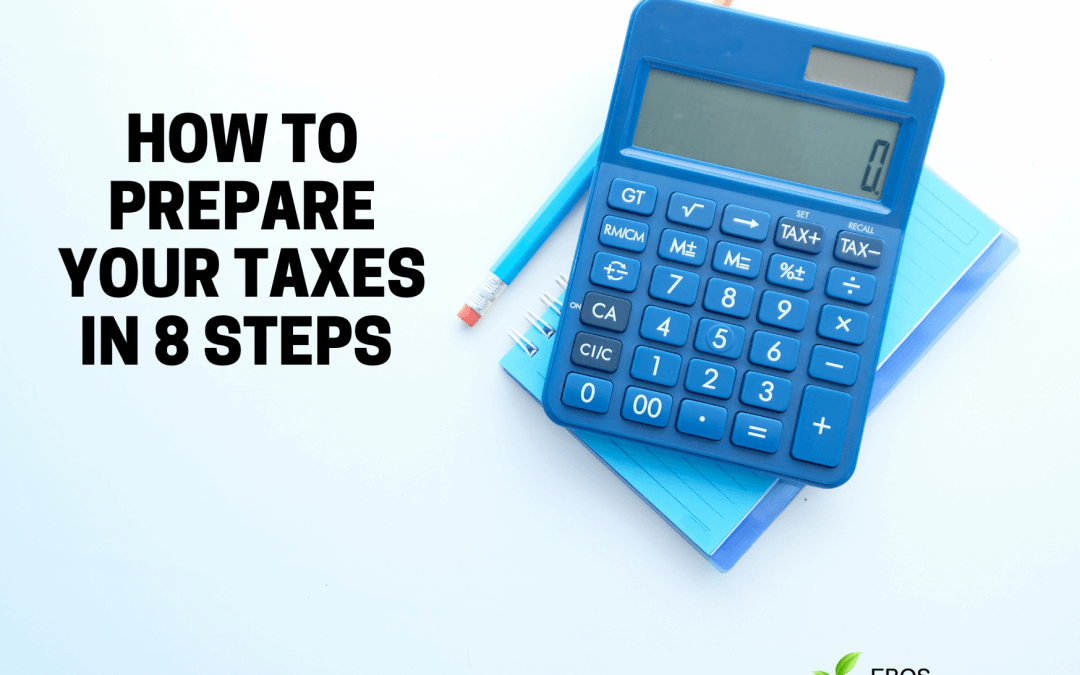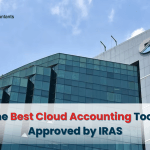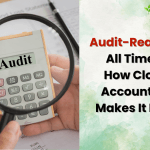1.Choose a Preparer
Request recommendations from friends and advisors when considering a tax preparer. Verify that the person has a Preparer Tax Identification Number (PTIN), which ensures that they are permitted to prepare federal income tax returns.
You can also ask about the fees based on the complications of your return. Do not be involved in a company that takes a portion of your refund.
2. Create an Appointment based on the schedule
To be able to complete your return, you can arrange a meeting with your preparer as soon as possible. If you prepare ahead of time, you may receive a refund; but, if you wait too long to make an appointment, you may lose out on chances to minimize your tax bills, such as making a deductible donation to an IRA or a health savings account.
3.Gather Your Documents
We can collate all the different tax documents needed from employers and other clients with whom we do business with.
4.Round-Up Your Receipts
The count of your deductions or claim of the standard deduction will determine which receipts you will need to provide. You will want to choose whichever gives higher subsidization. In order to know if the company receive higher subsidization is to add up your count deductions and correlate them to the standard deduction.
5.Write down your Personal Information
We should take note of our Social Security number that each dependent I can claim as the information is most likely needed for the tax preparer. For example, we should keep track of the address if we own a holiday home or rental property. We should keep track of the times you bought and sold of the price that is paid or money we got from a sale from a house in the last year
6.Decide if a File needs an Extension
We should seek a tax extension if we need more time to complete a task. However, you will still have to approximate the amount of tax you own and pay the amount by the initial dateline of April 15.
7.Plan Early for Any Refund
Here are some ways to handle a tax refund:
- You can put some or all of your refund against your taxes for the next year. If you usually pay approximate taxes over the year, it might be possible to offset the first quarterly installment.
- The government will either mail you a check or give a direct deposit of your refund into your checking or savings account
- You can put some or all of your refund into certain forms of accounts (IRAs, health savings accounts, education savings account) or use Treasury Direct to purchase a US savings bond.
By completing Form 8888, you can separate your refund among the direct deposit options.
You must inform the tax preparer of the intentions of your refund so that it can be noted on your return.
8.Find a Record of Last Year’s Return
If you choose the same tax preparer as last year, they should most likely have your past information. However, if you use a new preparer, last year’s return will serve as a warning to the preparer and to you of some things you should not oversee. Consider the following two examples:
- Interest and dividends. The 1099 forms will list which banks, mutual funds, or other financial entities of last year’s return. Using this list, reference it to ensure you got 1099’s from them this year (unless you closed those accounts or sold the investments in the meantime).
- Charitable deductions. If you made small donations, you may not have received any acknowledgment form from the company, but you can deduct these contributions if you have a cancelled check or other documentation. Check the list of charities you contributed to last year to see whether you donated to the same one this year.
In conclusion, keeping accurate records will help you save time, and if it’s a paid preparer save money too. Starting a process early will make the process smoother and more accurate.







